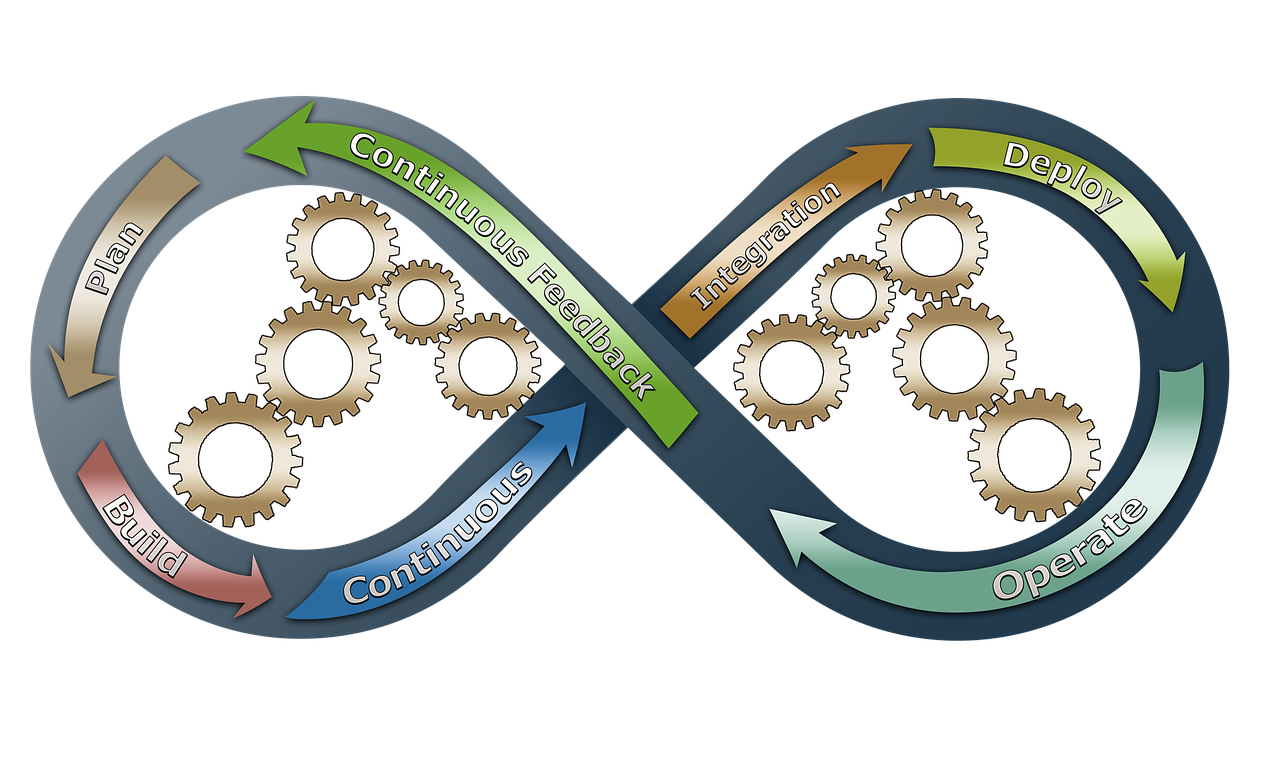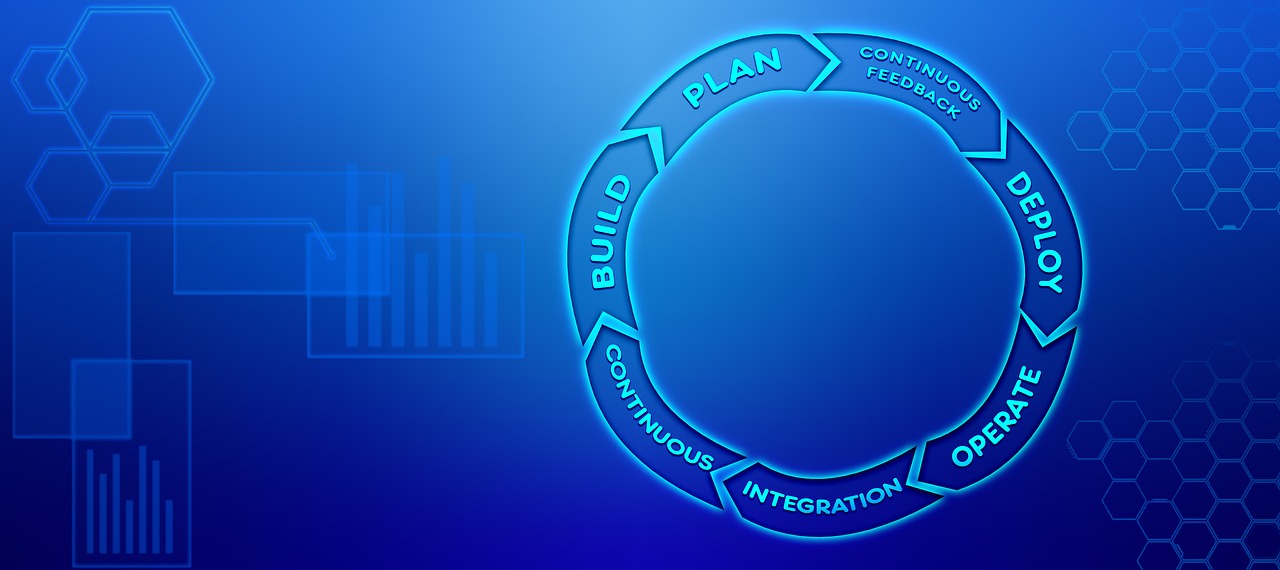For companies to succeed in today's market, they need to be able to rapidly and reliably provide product increments to clients. More importantly, they need to be active and able to respond to feedback from these customers. This suggests a move far from the predominant method of organizing, handling, and financing work. For little companies, Agile Transformation can be straightforward-- since getting alignment can be accomplished by getting everyone in a room and creating a shared understanding. However, for big, complex organizations with legacy technology architecture, Transformation should be carefully orchestrated to make sure that the work and investment made in making the modification develop organization value and in fact results in Agility.
Agile Transformation is the work of refactoring the company so that it can in fact do Agile.
In this Article
The Meaning of Agile Transformation Change Strategy Steps to Successful Agile Transformation Agile Transformation RoadmapAgile Transformation Meaning
Agile Transformation is fundamentally about forming groups, developing backlogs, and frequently producing increments of working, evaluated software application.

At scale, it's creating networks of loosely coupled groups, coordinating dependences, handling trade-offs, getting things into the marketplace quick, and determining throughput instead of efficiency.
Removing the things that get in the way of accomplishing these things is the work of the Transformation.
Discover more About
Agile Transformation Strategy
The strategy for an Agile Transformation originates from understanding where your company is today and where you require to go. There are two dimensions that need to be thought about when answering this concern.
First, you ought to consider what your business values in regards to planning. Just how much do you value predictable shipment vs the capability to adjust to alter? While many organizations value both, there is a trade-off.
The more you create the system for predictability, the more difficult it is to change. And, the more you design for flexibility, the less predictable it will be.

The 2nd thing to consider is what your client's value from a planning viewpoint. Are you attempting to figure out what your consumer desires, what we call an emergent ecosystem or are you concentrated on making and satisfying dedications, what we call a convergent community?
Our Compass
When outlined along the axis of a 2 × 2 matrix, we get four quadrants which can be utilized to evaluate where your organization is today and to decide where you need to go to get business advantages you're after.
The path to adaptive-emergence, often runs through the predictive-convergent quadrant, through the adaptive-convergent quadrant, and lastly to the adaptive-emergent quadrant. The process focuses around forming teams, specifying an Agile governance design, and identifying and baselining metrics the business appreciates. Also, using those metrics with time to measure and track improvement.
For a full overview of the 4 Quadrants go to The Compass
Your Agile Transformation Strategy will ultimately depend upon the worth system of your organization and the worth system of the customers your company serves.

Discover more About
The Reasons Organizations Go Agile " Transformation can be planned, managed, and measured."The 10 Steps to an Agile Transformation
The secret is to understand the right way to plan so that service value is delivered at routine increments in the Transformation. The goal is to change the method you work. You should currently be moving far from "big-bang" item releases to regular, incremental shipment so the work of the Transformation should be handled the very same way.
While every Agile Transformation is different we usually see a company go through the following actions:
Watch Mike walk through the Executive's Step by Step Guide to Leading an Agile Transformation
Step 1: Build A Leadership CoalitionAgile Transformation is going to require modifications to every part of the business and will need support from the top. Make sure executives are on board and know what is going to happen.

Step 2: Define an End State Vision
We have to have some concept of where we're going before we start, however pragmatically, we expect the strategy to change. This plan includes a working hypothesis for structure, governance, and metrics which we will gradually elaborate throughout the Transformation. There are well understood patterns around how to form teams at scale and how to manage those teams to do work.
What do we imply by Agile Teams?
Action 3: Build a Transformation RoadmapWhat group, ability, or group goes first? Second? Third? We need to offer the company some concept of what we're going to do, the length of time it's going to take, and what benefits we anticipate to achieve from the investment. We call the groups that Transform together Expeditions, and the intermediate outcomes they achieve are called Basecamps.
Find out more about the journey explorations take through basecamps
Step 4: Maintain a Rolling 90-Day PlanThe Transformation Leadership Team satisfies to plan forward, assess progress, and change as necessary.

The goal is to have a rolling 90-day plan with a fairly specific view of what's going to happen. The 90-day strategy needs to is similar to an Agile release plan or PI. The strategy will enumerate all the things in the organization that will be impacted over the next 90-day duration.
Step 5: Conduct 30-Day CheckpointsSimilar to the sprint cycle, we wish to periodically evaluate the development of the work of the Transformation, retrospection, and change.
What is thought about the work of the change?
Action 6: Adapt & & LearnRe-assess the end-state vision based upon how our understanding has actually progressed throughout the course of the Transformation.
Action 7: Connect Activity to Outcomes The whole factor we're doing this is to develop better service outcomes. We start validating the investment by creating hypotheses, carrying out experiments, demonstrating outcomes, and rotating based upon what we find out.

While all of the activities will not be understood ahead of time, the goal is to get good at sequencing the results that must be accomplished and to make sure that the activities finished tie back into the desired organization outcomes.
Step 8: Connect Outcomes to Business Objectives We wish to be able to trace enhancements in the system to concrete business benefits, and routinely show development against service metric standards to the Executives. The supreme goal is to explicitly link together the dollars invested and the measurable results attained.
Find out more about Outcomes Based Planning
Step 9: Manage Communication Routine, transparent interaction about development and obstacles from the management will develop excitement and energy. This typically takes the kind of Town Halls, Executive roundtables, signs, and different other info radiators.Action 10: Create Safety for Everyone Involved Help everyone see what's in it for them and where they suit the new organization.

Produce clarity, responsibility, and measurable development for everyone.
Agile Transformation Roadmap
For a big, complicated company to successfully Transform, a Transformation roadmap is essential. A figure-it-out-as-you-go approach simply won't work. We have found that effective Transformations follow this roadmap pattern.
Getting Going: Define the End State This is a wide take a look at the organization and where business objectives are set for the Transformation. This end-state vision will also define a pattern for forming groups, identify process flows, establish governance, and develop a metrics and tooling method to standard efficiency and step improvement in time. At the end of this stage, the organization will have identified the first Expedition to run an end-to-end pilot, and have actually identified the basecamps necessary to carry out the modifications.Improvement Begins: Pilot & & Roll Out This step involves forming, training, and coaching teams-- efficiently moving Expeditions, gradually, through basecamps, over time.

All the elements of the end-state vision are carried out, standard metrics are collected, and enhancement is frequently determined and interacted as the groups mature.
Sustaining the Changes At this moment, structure, governance, and metrics will start to strengthen, and the company will start to develop an internal set of best practices. Throughout this time, the documents of those practices, in a main area, will show to be indispensable to your company as it moves on. This may mean that you will require to develop training materials, handouts, procedure cheat sheets, and develop methods and strategies for onboarding internal coaches, conducting continuous organizational evaluations, and removal.



Write A Comment